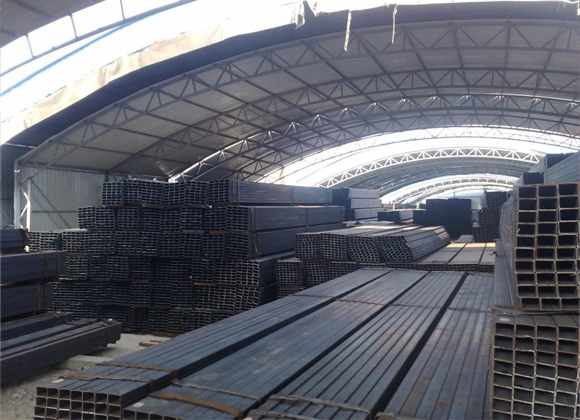Hot rolled steel is a mill process that is performed at temperatures over 1,700°F. This process allows the steel to be easily shaped and formed into much larger sizes. Since it is processed without delays in manufacturing, hot rolled alloy square tube is less expensive than cold rolled options.
Cold rolling increases the yield strength and hardness of a metal by introducing defects into the metal's crystal structure. Cold Rolling is most often used to decrease the thickness of the plate and sheet metal in the manufacturing stage.
 EN
EN






 Call us on:
Call us on:  Email Us:
Email Us:  No.68 Hezuo Road, Shijiazhuang City, Hebei Province, China
No.68 Hezuo Road, Shijiazhuang City, Hebei Province, China 